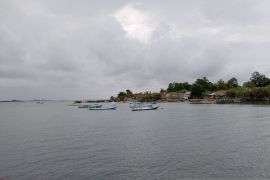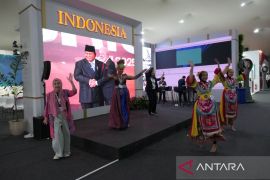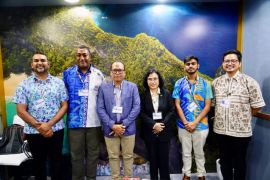In a statement in Jakarta on Monday, Darmawan explained that mangroves can play a significant role in carbon trading, as one of the three key blue carbon ecosystems with significant carbon absorption capabilities.
"Of course, this ecosystem plays a crucial role in mitigating climate change. There are three such ecosystems, namely mangroves, seagrass meadows, and salt marshes," he remarked.
With Indonesia hosting the world's largest mangrove coverage of approximately 3.3 million hectares, Darmawan sees this extensive resource has the potential to be leveraged as an asset for the nation's carbon trading initiatives.
He emphasized mangroves' exceptional carbon sequestration abilities, noting their status as the most effective blue carbon ecosystem for CO2 absorption and storage in biomass form.
Related news: Indonesia prepares to enter the carbon market
"Several mangrove research studies have shown that the carbon content of mangroves is three to five times greater than that of tropical forests," he remarked.
"For instance, 100 hectares of mangrove forest, with a sequestration capacity of five tons per hectare per year, can generate 1,835 tons of tradeable CO2 annually," he highlighted.
Darmawan believes that carbon trading could transform mangroves into a major revenue source for the state and benefit companies involved in their management.
He added that mangrove rehabilitation and restoration programs, including replanting mangrove forests, must be tailored to the specific zone or habitat of each mangrove type to ensure optimal growth.
"It is essential to identify the mangrove species suitable as a carbon trading asset. Indonesia possesses numerous opportunities and potential in carbon trading, including establishing itself as a leading carbon export center," Darmawan concluded.
Related news: Govt to push seagrass, mangrove preservation to boost blue carbon
Translator: Sean Muhamad, Aditya Wicaksono
Editor: Yuni Arisandy Sinaga
Copyright © ANTARA 2024












